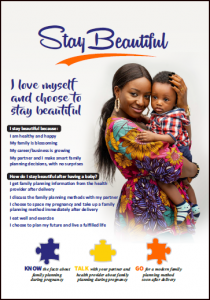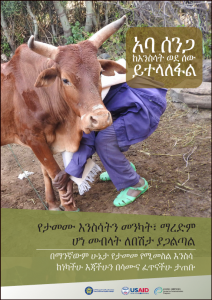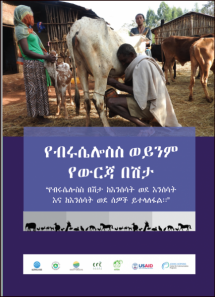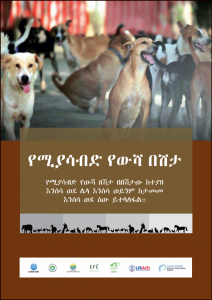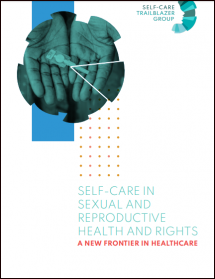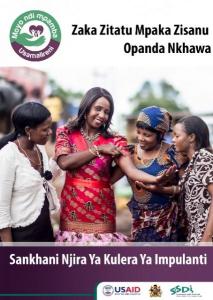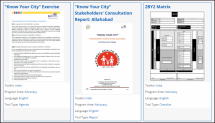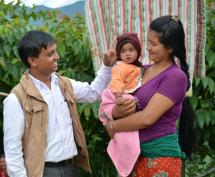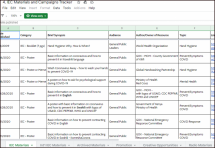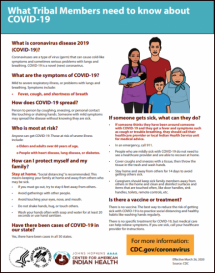Family Planning Promotion Materials, Nigeria
This is a set of leaflets, posters, and job aids about various topics in FP.
Materials are:
- Birth Spacing – describes the various contraceptive options and how they work
- I Am Supportive – addresses the role of men in family planning and provides information on contraceptive options available for use after delivery
- Family Planning/ Childbirth Spacing Z-Card – A long and foldable family planning leaflet that can be use during community mobilisation to provide information about various family planning methods and how they work
- Stay Beautiful / My Conscience Guide – A Social and Behavioural Change leaflet that addresses provider bias by highlighting the role of family planning providers in ensuring right based and client centred service provision
- Lactational Amenorrhea Poster and Leaflet – describe family planning methods for breastfeeding women
- Post Pregnancy Frequently Asked Questions Leaflet – A compilation of answers to frequently asked questions on family planning and various contraceptives. It also highlights life planning for adolescents and youths and the post pregnancy period.
Source: Johns Hopkins Center for Communication Programs
Date of Publication: November 21, 2020
SIMILIAR RESOURCES
Tools
Examples
- The P Process
- Healthy Timing and Spacing of Pregnancy Fact Sheet
- Zika and Pregnancy: Questions and Answers
- Scaling-Up First-Time and Young Parent Access to Postpartum Family Planning: Could Small Shifts Change the Game?
- Quick Guide to Vasectomy Counseling
- Nonprofit Social Media Checklist
- Factors Impacting Use of Health Services by First-time/Young parents: A Formative Research Toolkit
- “Because my Husband and I Have Never Had a Baby Before…” Results and Lessons from Interventions with First-Time Parents in Madagascar, Mozambique, and Nigeria
- Lessons Learned from an Integrated Approach for Reaching First-time Young Parents in Nigeria
- Family Planning Discussion Topics for Voluntary Counseling and Testing

